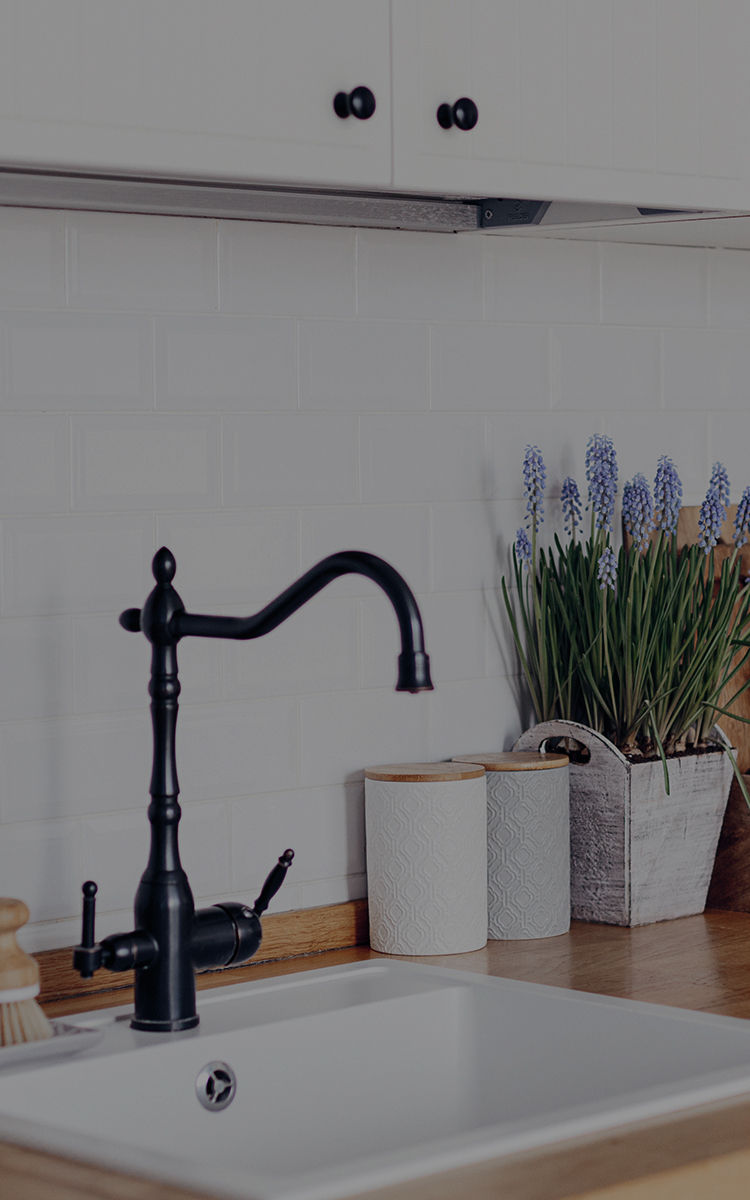In the heart of every health-conscious homeowner lies the kitchen, not just as a place for culinary exploration but as a sanctuary where wellness begins.
As we step into 2024, the allure of sustainable materials in kitchen design has never been more compelling, blending eco-conscious choices with the year's interior design trends and favored colors. But what does "sustainable materials" mean in the context of kitchen design, and how can we incorporate these into our homes in a way that benefits our health and the planet?
Understanding Sustainable Materials
At its core, sustainability in materials means opting for resources that are environmentally friendly, have a minimal carbon footprint, and are harvested in a way that doesn't deplete or permanently damage the ecosystem. For the kitchen, this translates into choosing products that are durable, recyclable, or come from renewable sources. Think bamboo flooring, recycled glass countertops, and cabinetry made from reclaimed wood or FSC-certified timber. These materials are not just kind to the planet; they're safe for your home, free from harmful chemicals, and contribute to a healthier indoor air quality.
2024 Interior Design Trends and Colors
This year's interior design trends favor simplicity, warmth, and connection to nature, perfectly aligning with the ethos of sustainable living. We're seeing a shift towards earthy tones, with sage greens, soft clay, and tranquil blues taking center stage. These colors not only create a calming and inviting kitchen space but also beautifully complement the natural textures of sustainable materials.
Incorporating these trends, imagine your kitchen with bamboo or cork flooring, both sustainable and wonderfully soft underfoot, providing a subtle warmth that enhances the earthy tones of your walls. Picture recycled glass countertops sparkling under LED lighting (another eco-friendly choice), their unique patterns adding an artistic touch that's both modern and timeless.
Designing with Health in Mind
For those of us passionate about health, the kitchen is more than just a place to prepare food. It's where we make choices every day that affect our well-being and the environment. By choosing sustainable materials, we reduce our exposure to toxins often found in synthetic finishes and glues, such as formaldehyde, which can off-gas into our homes and contribute to poor indoor air quality.
But it's not just about the materials themselves; it's how we use them. Consider the layout of your kitchen and how it can promote a healthier lifestyle. An open plan that encourages movement, ample natural light to boost your mood and energy levels, and even an indoor herb garden in reclaimed wood planters can all contribute to a sense of well-being.
Practical Tips for Incorporating Sustainable Materials
Start with a Plan: Before you dive into remodeling, think about what you truly need. A sustainable kitchen doesn't have to mean starting from scratch. Sometimes, repainting existing cabinets or simply updating hardware can breathe new life into your space.
Opt for Eco-Friendly Paint Alternatives: When refreshing the look of your kitchen, choose paints that are known for being eco-friendly. Prioritize options that are widely recognized for their environmental benefits, focusing on those that contribute to healthier indoor air quality without delving into specific certifications. This approach ensures you're using products that are better for both the planet and your home's atmosphere.
Embrace Reclaimed Wood: Whether for flooring, cabinetry, or open shelving, reclaimed wood not only tells a story but also prevents the need for new trees to be cut down. Its unique character adds warmth and history to your kitchen.
Invest in Energy-Efficient Appliances: Look for appliances with high energy efficiency ratings. These reduce your carbon footprint and save on utility bills, making them a win-win for both the environment and your wallet.
Think Long-Term: Choose materials and designs that you'll love for years to come. Sustainable design is as much about longevity as it is about eco-friendliness. Avoiding trends that feel fleeting in favor of timeless design ensures your kitchen remains a cherished space in your home.
Designing your kitchen with sustainable materials is a beautiful way to reflect your commitment to health and the environment. As we embrace the trends of 2024, let's do so with mindfulness, choosing materials that not only create a stunning aesthetic but also contribute to a healthier planet and a healthier you. Remember, every choice we make in our homes can be a step towards a more sustainable and wellness-oriented lifestyle. Let's make those choices count.




